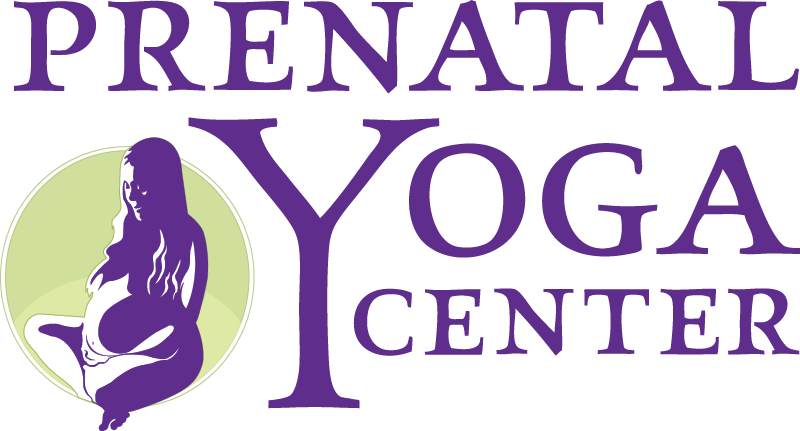Navigation
First Time Breastfeeding After Start
Let’s begin with breastfeeding for the primary time after start. Some individuals advocate delaying breastfeeding till three hours after labor, however that is pointless and even counterproductive to optimum post-labor care. Milk is already current within the breasts earlier than start, and the primary milk (colostrum) is full of important vitamins. It even helps infants go their first stool!
That stated, each start story is completely different and there’s nothing incorrect with ready a couple of hours when you or your child want time to get better.
Breastfeeding Expectations and Preparations
One frequent fantasy is that you must clear your nipple earlier than breastfeeding. That is false—infants are naturally drawn to their birthing mother or father’s physique and scent. Plus, nipples are ready to breastfeed at any time and may even produce helpful micro organism that helps construct a robust immune system for child.
It’s additionally frequent for a lot of mother and father to imagine discomfort and irritation are a part of breastfeeding when in actuality, correct positioning can lead to painless feeding. Ideally, child’s tongue ought to cowl the decrease gum line, and their gums ought to cowl the areola. Whereas cases of discomfort from feeding do happen, in such circumstances session with a lactation professional or medical skilled may help.
Do You Want To Select Between Breast and Bottle?
No—you do not want to decide on only one option to feed your child! Relying in your way of life, obligations and different circumstances, it could be unimaginable (to not point out emotionally and mentally draining) for the breastfeeding mother or father to be the only feeder. Pumping permits others to assist with feeding whereas giving the breastfeeding mother or father a break and inspiring bonding time with members of the family.
If you’re involved about inflicting “nipple confusion” from alternating between bottle and breast, there are methods to assist keep away from this:
- Wait till breastfeeding is effectively established (round 3–4 weeks) earlier than introducing a bottle.
- Discover a nipple that’s extra like breastfeeding. Bottle feeding requires much less work for the infant because the milk circulation is faster. Discover a nipple that gives a slower circulation.
- Specific a little bit breastmilk and put it in your nipple. This offers child a little bit style of what’s to return!
Weaning Off Breastfeeding
Many say all infants ought to be weaned off breastfeeding earlier than their first birthday, however there may be actually no “one matches all” timeline for when your child ought to cease breastfeeding. Customary protocol is to start incorporating meals at about six months, with a mix of breastfeeding and stable meals achieved by child’s first birthday.
The American Academy of Pediatrics recommends unique breastfeeding for six months and encourages continued breastfeeding till a minimum of 12 months, however in the end, weaning is a private resolution that depends upon each mother or father and little one. Personally, I deliberate to breastfeed my daughter till 18 months, however by 14 months, she naturally started shifting on!
Try these podcasts on Breastfeeding and Bottle Feeding!
On the Prenatal Yoga Middle, we maintain each in-person and on-line lessons for expectant and postpartum of us. To view our listing of lessons for Prenatal and Postnatal Yoga click on the button beneath.
FAQs
How lengthy must you wait after start to start out breastfeeding?
No ready is important! If child is prepared, breastfeeding can start instantly since colostrum is already current within the breasts.
Can child method replicate breast milk?
No method can absolutely replicate the distinctive vitamins and immune-boosting properties of pure breast milk. Nonetheless, there are great and dietary formulation when you select this route.
When ought to a child be launched to stable meals?
Whereas there’s no precise timeline, most infants are prepared for stable meals round six months. Please seek the advice of along with your pediatrician in case you have questions or issues.
Sources

